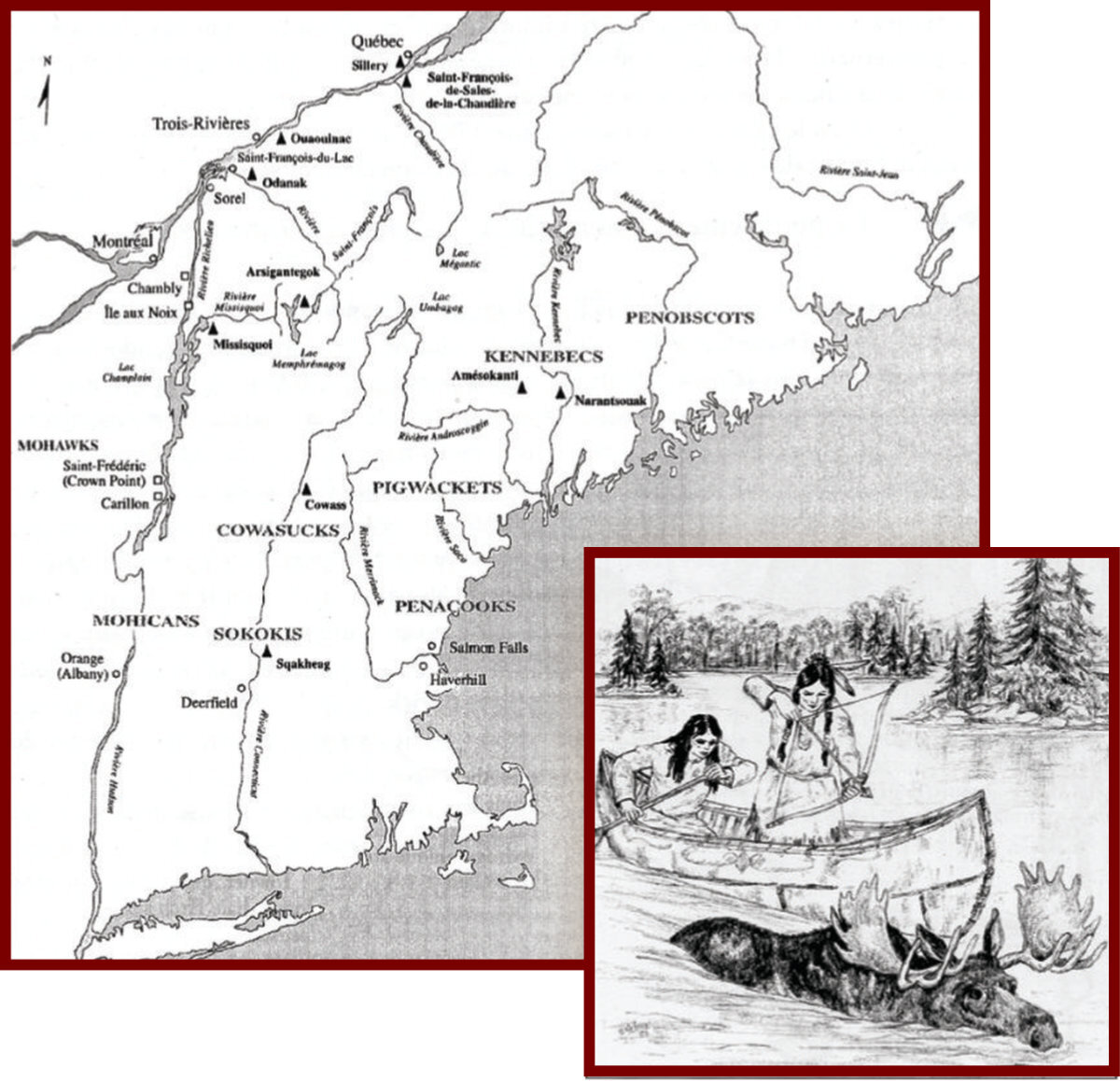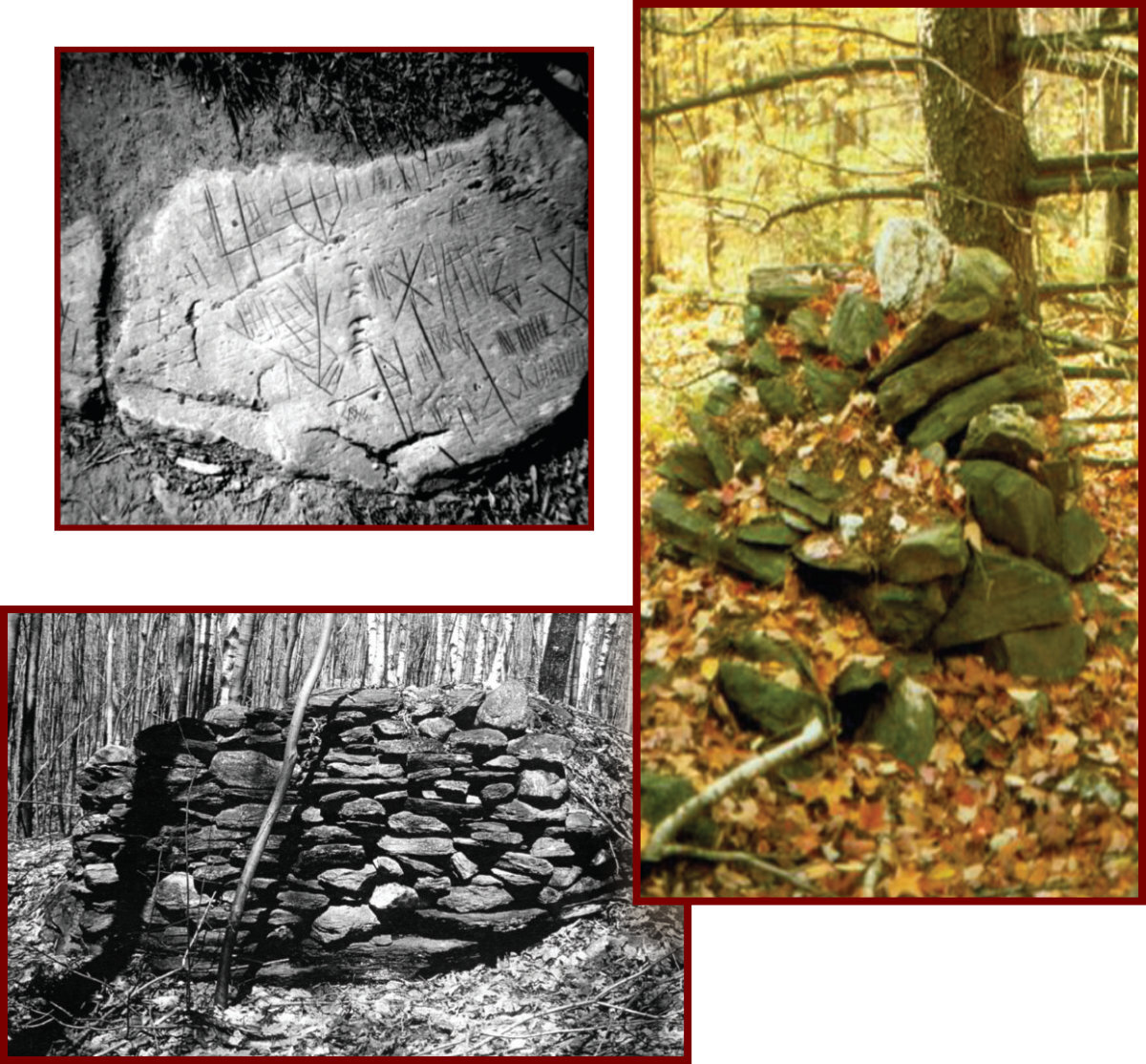Early History
At the end of the last ice age, about 12000 years ago, the receding ice sheet shaped our landscape and left us mountains, lakes and ri vers, which later allowed hunting, fishing and travel through a wide area. It is known that Potton was fishing and hunting territory for the Abenaki people during the Woodland cultural period (900 BC to 1600 AD). Over time Lake Memphremagog became part of an extensive network of ri vers and lakes for native people, which extended north to the St. Lawrence River and the Great Lakes, and south to the Atlantic coast via Lake Champlain and the Hudson and Connecticut rivers. Present day Potton was the site of an important portage between Lake Memphremagog and the Missisquoi River to Lake Champlain.
In the early colonial period, explorers and hunters, notably Samuel de Champlain, are said to have traveled through this extensive water system
Legends
David Perkins discovered "Indian Rock", a stone outcroppingin a meadow at chemin Du Lac near today's hamlet of Vale Perkins, in 1927.
The petroglyphs (engravings on stones) covering its surface, have been attributed by some to Native Americans, while others associate the markings to Ogham, an early Celtic writing. No definite interpretation has so far emerged.
Cairns
Cairns are stone mounds often topped by a quartz stone; many can be found in wooded areas between White and Fullerton Pond roads. Sorne have attributed the origin of these structures to pre-colonial inhabitants.
Mount Owl's Head
Mount Owl's Head, overshadowing the hamlet of Yale Perkins and the "Indian Rock", is the subject of another legend, which attributes its name to the Abenaki people. They saw a resemblance in the shape of the top of Owl's Head with the profile of their old chief Owl and so named the mountain in his honor.
It is said that the native people went to the summit of Mount Owl's Head to perform certain rituals, a tradition which has been carried forward by the Freemasons since 1857 at their natural outdoor lodge located on the eastern face of the mountain overlooking Lake Memphremagog.



